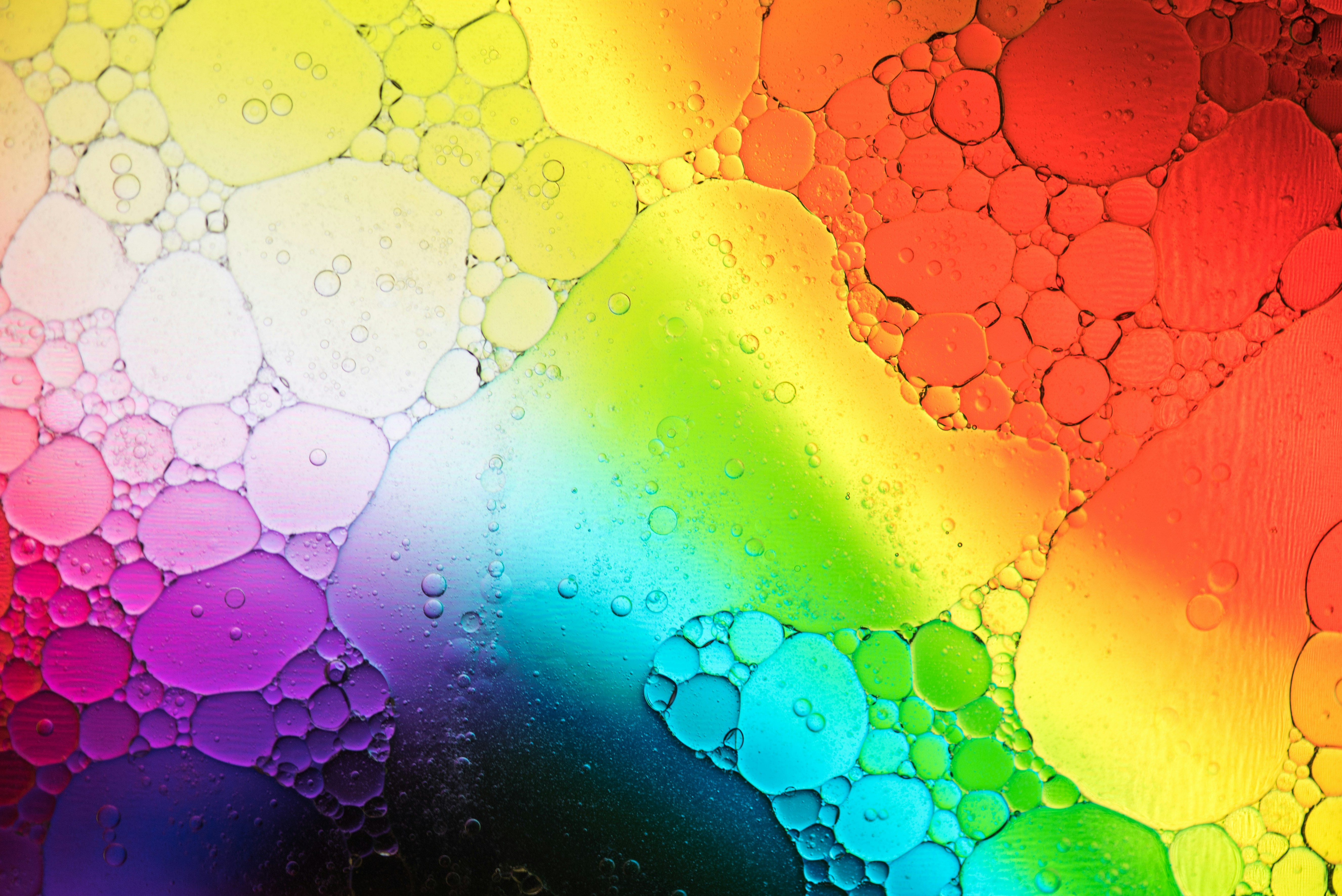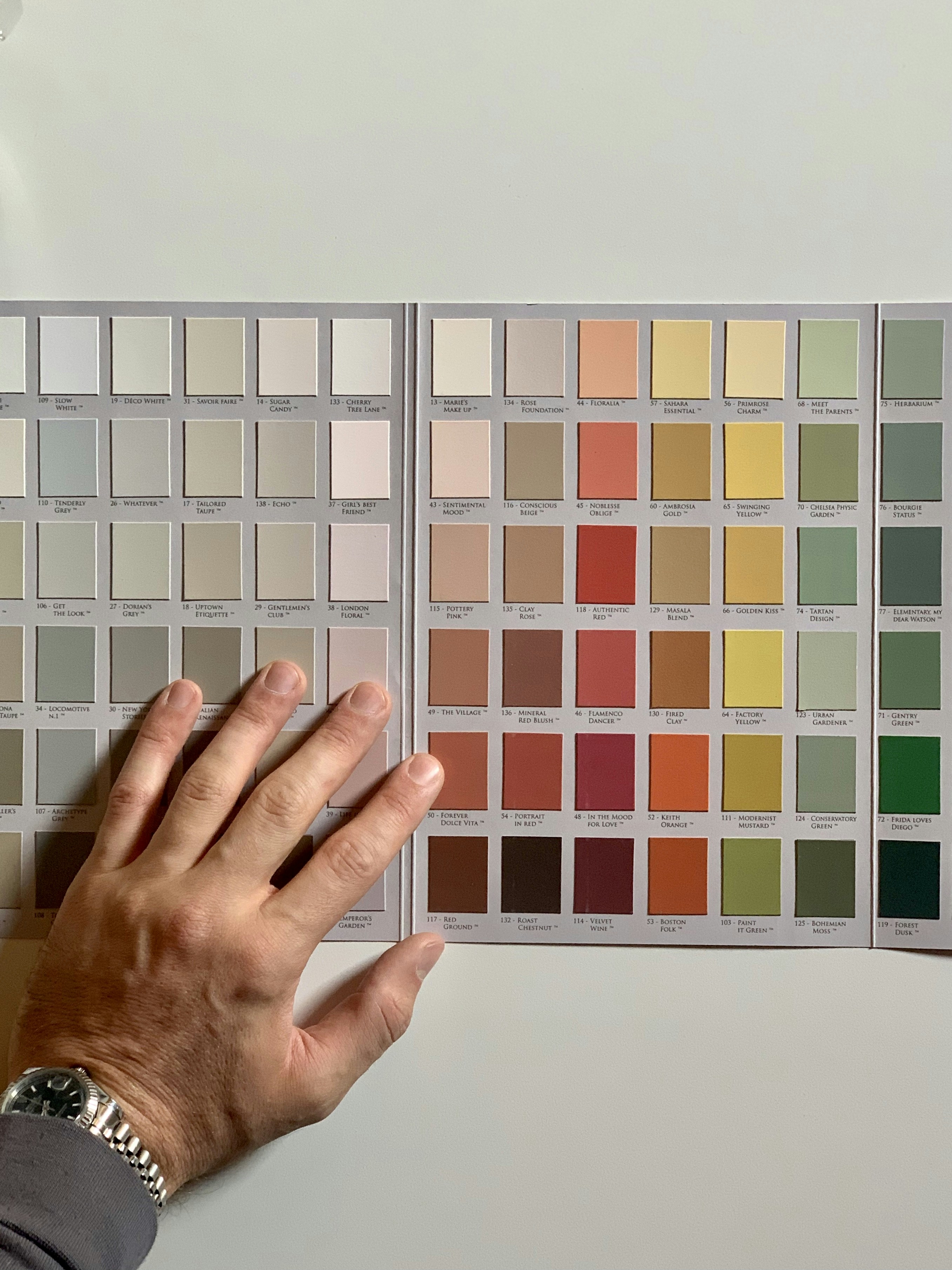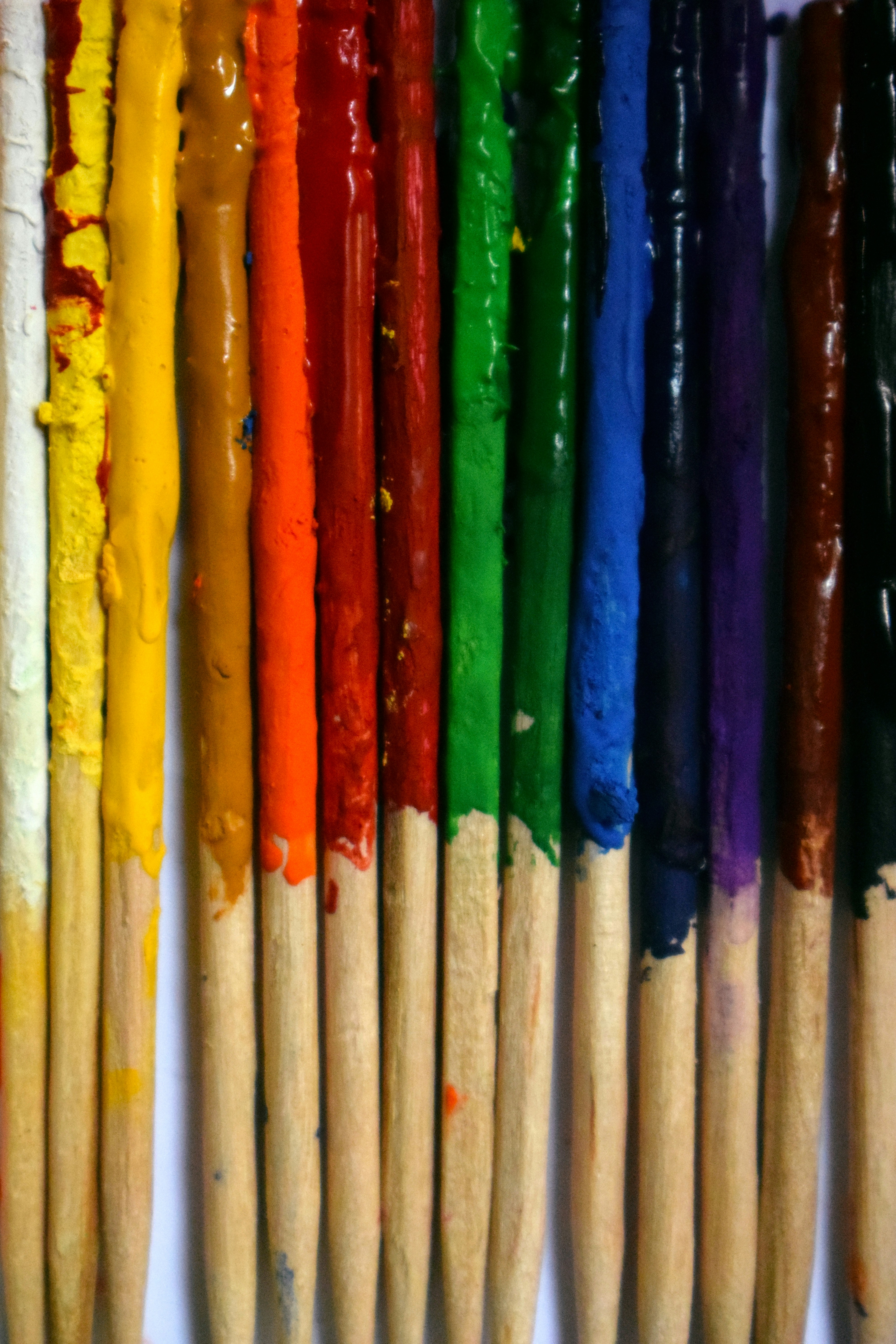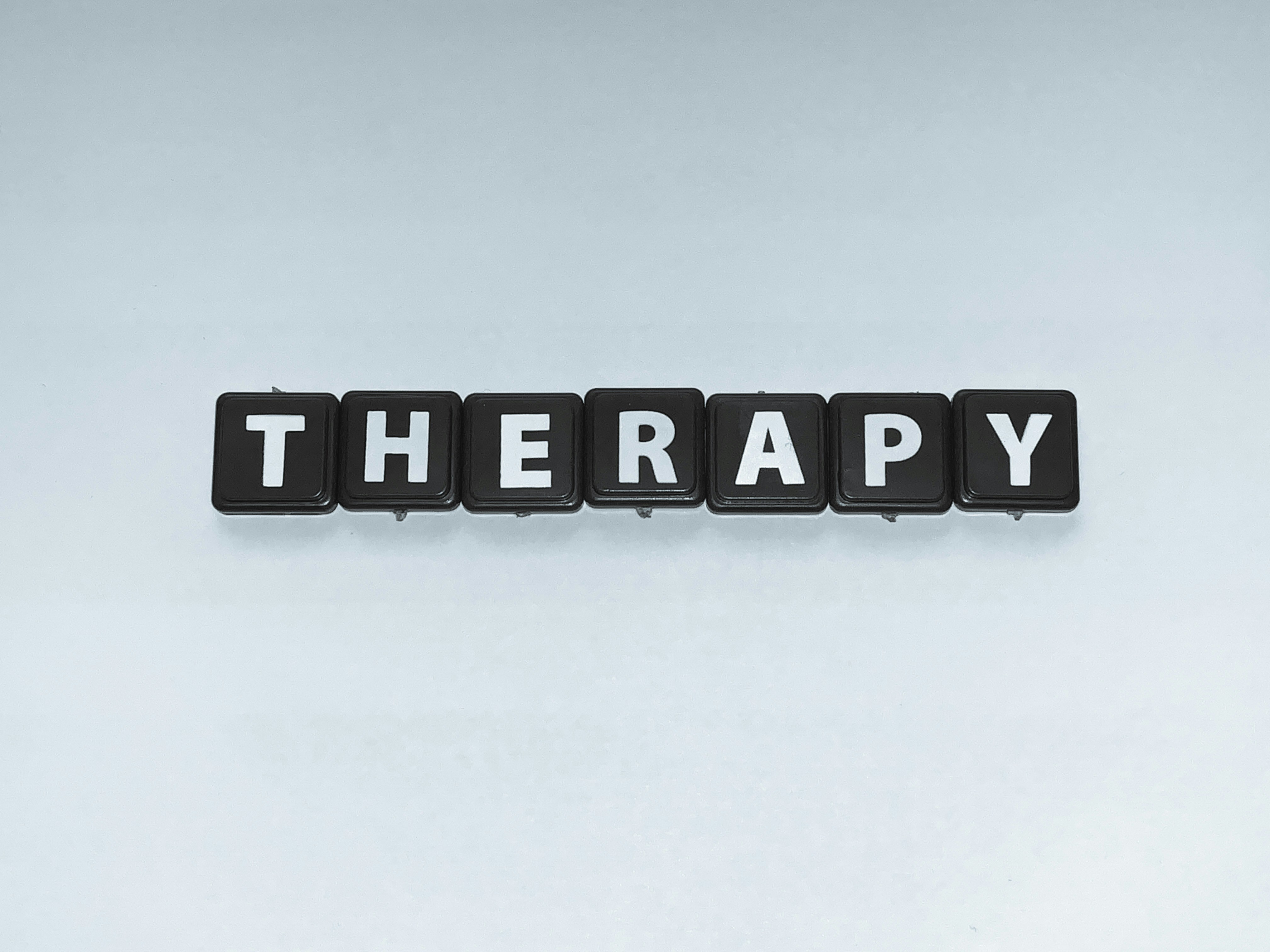The Alchemy of Colors: Elevate Your Yoga & Meditation with Chromotherapy
Do you ever wonder why a sunset evokes feelings of calm while a bright yellow shirt instantly lifts your spirits? The ancient practice of chromotherapy—or color therapy—unveils the fascinating relationship between color and our mental and emotional states. When combined with the transformative practices of yoga and meditation, chromotherapy can unlock a new sensory dimension, enhancing your spiritual wellness journey. In this exploration, we delve into how different colors can shape your mood, energy, and spiritual awareness, leading you to a personalized chromotherapy experience that deepens your practice.
Understanding Chromotherapy: The Science Behind Colors
Chromotherapy is rooted in the idea that colors possess distinct energies that can significantly influence our emotions and behavior. Each color corresponds with specific wavelengths of light and psychological effects. For instance, blue is often associated with tranquility, while red can evoke excitement or passion. This cyclical relationship between color and emotions can create a powerful toolkit for personal growth, especially within the realms of yoga and meditation.
Research indicates that engaging with color can alter brain activity; for example, studies have shown that exposure to certain colors can stimulate neurotransmitter release, affecting everything from pain perception to mood regulation (source: Harvard Health Publishing). Understanding this connection can empower practitioners to harness colors strategically in their routines.
The Emotional Spectrum of Colors
Colors can be classified into three categories: warm, cool, and neutral, each impacting our feelings in unique ways.
-
Warm Colors: Such as red, orange, and yellow; these colors are energizing and stimulating. Integrating warm colors into your yoga sessions may foster motivation and enthusiasm.
-
Cool Colors: These include blue, green, and purple. They promote relaxation and peace. Utilizing cool colors during meditation can create a serene environment conducive to tranquility and focused introspection.
-
Neutral Colors: Shades like white, beige, and gray offer a balanced backdrop. While they don’t evoke strong emotional responses, they can help ground your practice, allowing other colors to stand out.
By leveraging these contrasts, practitioners can maximize their emotional and spiritual journey through color.
Integrating Chromotherapy in Yoga Practice
The fusion of chromotherapy with yoga can create a multidimensional experience. Here are some practical ways to incorporate color into your practice:
Color Visualization Techniques
-
Set the Scene: Choose your environment wisely. Consider warming up in a bright, vibrant space for dynamic sessions or transitioning to softer, cooler lighting for restorative practices.
-
Meditative Visualization: Before starting your yoga or meditation practice, take a moment to visualize a specific color that resonates with your intention. For strength and perseverance, hold a vision of red; for serenity, enfold yourself in blue. Feel the energy of that color infusing your practice.
-
Pranayama and Color: Breathing exercises (like those discussed in our article on pranayama) can be enhanced by focusing on the breath's color. Imagine breathing in a calming blue light during deep inhalations and exhaling negative energy or tension as a dark gray or black cloud.
Alignment of Colors with Chakras
The concept of chakras in yoga aligns beautifully with chromotherapy. Each of the seven main chakras corresponds to a specific color:
- Root Chakra (Red): Represents stability and grounding.
- Sacral Chakra (Orange): Associated with creativity and sensuality.
- Solar Plexus Chakra (Yellow): Linked to personal power and self-esteem.
- Heart Chakra (Green): Embodies love and compassion.
- Throat Chakra (Blue): Represents effective communication.
- Third Eye Chakra (Indigo): Linked to intuition and insight.
- Crown Chakra (Violet): Represents spirituality and connection to the divine.
When practicing yoga, focus on each chakra by visualizing its corresponding color to enhance energy flow and promote emotional harmony.
The Role of Color in Meditation
Color can profoundly enhance meditation. Here are practical steps to harness chromotherapy during your meditative practices:
-
Create a Colorful Environment: Incorporate colored candles or fabric drapes around your meditation space to evoke the desired emotional state. For grounding, use earthy tones like brown or green; for upliftment, opt for bright yellows or oranges.
-
Guided Color Meditation: Access guided meditations that cycle through colors, allowing you to visualize the associated feelings with each hue. This can often lead to profound shifts in emotional states. Consider resources from credible platforms or teachers for structured guidance.
-
Sound and Color: Combining sound with color can amplify your practice. Explore the concept of soundscapes as discussed in research on sound therapy. Listen to soothing tones or frequencies that resonate with chosen colors during meditation for a holistic experience.
Psychological Insights into the Impact of Color
Delving deeper into the psychological implications of colors, studies highlight how our surroundings can evoke feelings ranging from joy to sadness. For instance, an article from Psychology Today emphasizes that blue hues can promote relaxation, improving sleep quality, while vibrant colors can enhance creativity.
When choosing colors for your meditation or yoga sessions, consider your emotional needs. Feelings of anxiety might be soothed by cooler shades, while those looking to energize their morning sessions could gravitate toward warmer, lively hues.
Building a Personalized Chromotherapy Experience
To craft a chromotherapy experience tailored uniquely to you, consider the following steps:
-
Define Your Intentions: Identify what you want to achieve. Are you seeking relaxation, motivation, or clarity? Your intention will determine the colors you integrate.
-
Experiment with Colors: Don’t hesitate to experiment. Note your emotional responses to specific colors; how does a deep green make you feel compared to a vibrant yellow during your practice? Explore combinations and document which colors resonate with you the most.
-
Utilize Color Breathing: While practicing breathwork, utilize your identified colors. Inhale the energy of your chosen color, and on the exhale, visualize any negative emotions or blockages dissipating.
-
Monitor Changes: As you incorporate color into your daily practice, monitor how your mood, energy, and spiritual awareness evolve. Reflect regularly in a journal to discern how chromotherapy impacts your emotional and spiritual health.
Engaging with Color Outside of Practice
Outside of structured yoga and meditation, you can embrace color in various aspects of daily life to enhance your overall wellness:
-
Wardrobe Choices: Wear colors that align with your current emotional goals. If you need a boost in creativity, wear orange or yellow to stimulate that energy.
-
Colorful Foods: Incorporate naturally colorful foods into your diet. Foods like berries, greens, and vibrant vegetables can invoke their energies within your body, contributing to emotional balance and vitality.
-
Artistic Expression: Engage in creative activities like painting or crafts focusing on color. Embrace the therapeutic potential of expressing emotions through vibrant hues, allowing your inner landscape to flourish.
Next Steps for a Vibrant Spiritual Journey
As you embark on this journey of integrating chromotherapy with your yoga and meditation, remember that your exploration is unique. The alchemical relationship between color and emotion presents a vibrant path toward spiritual wellness.
-
Starting Small: Begin with one or two colors that resonate with you, gradually expanding your palette as you become more comfortable with color healing.
-
Engagement with Community: Connect with communities or workshops focused on chromotherapy or color meditation. Sharing experiences can deepen your understanding and enhance your practice.
-
Continuous Learning: As you evolve in your journey, continue to delve into the latest research and insights on chromotherapy and emotional well-being through resources like Mindfulness and Play or Transformative Practices.
By engaging with the art and science of color within your yoga and meditation practices, you not only deepen your spiritual connection but also embark on a transformative journey toward emotional clarity and balance. The vibrant spectrum of chromotherapy offers an extraordinary lens through which you can explore your inner self and navigate your spiritual path with newfound depth and insight.
Final Thoughts
The alchemy of colors holds immense potential for enhancing your yoga and meditation practices. By understanding and intentionally integrating chromotherapy, you can foster an environment that nurtures your emotional and spiritual wellness. Let the colors of your practice guide you, illuminate your path, and empower you to embrace your deepest inner truth.












